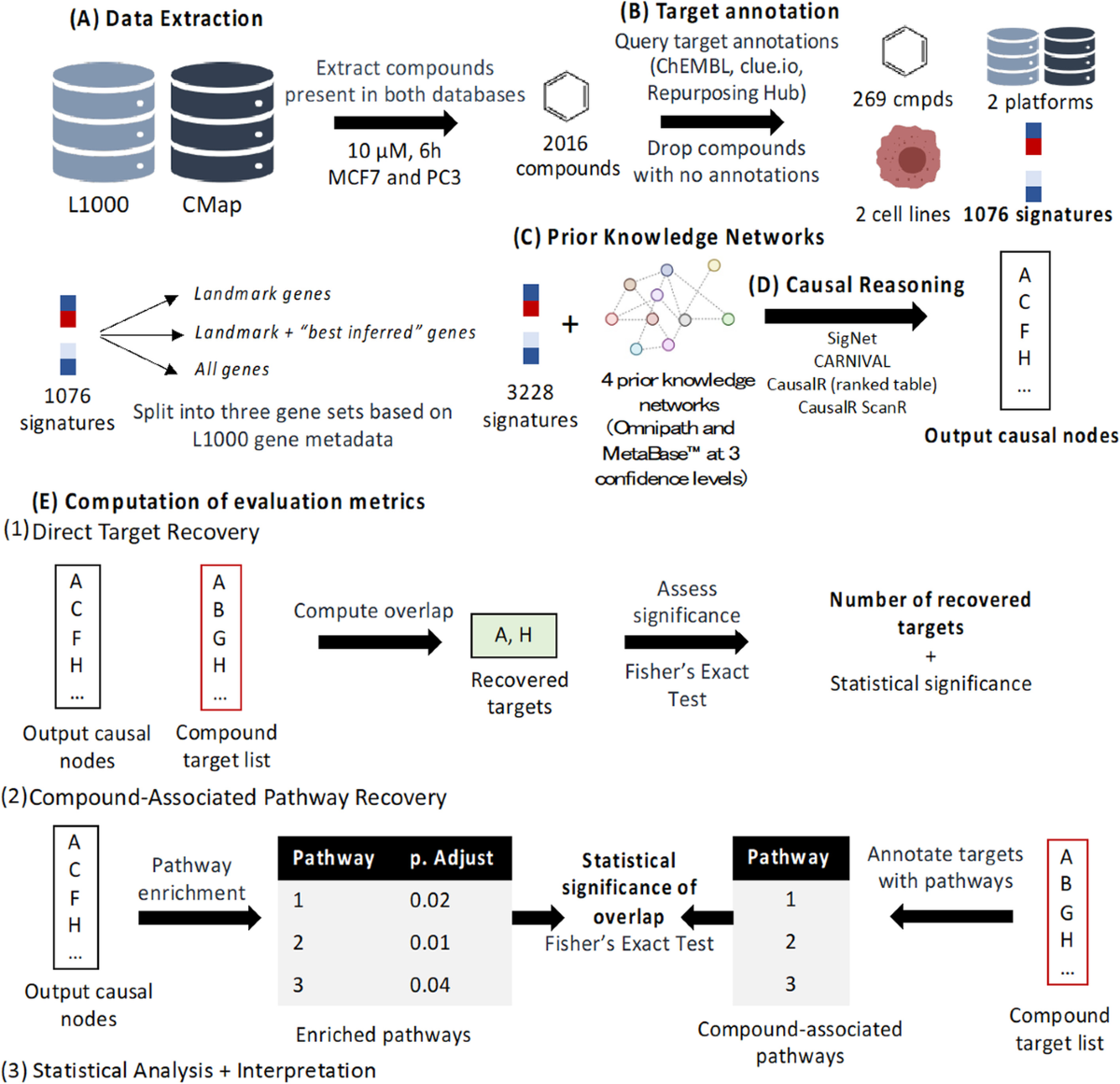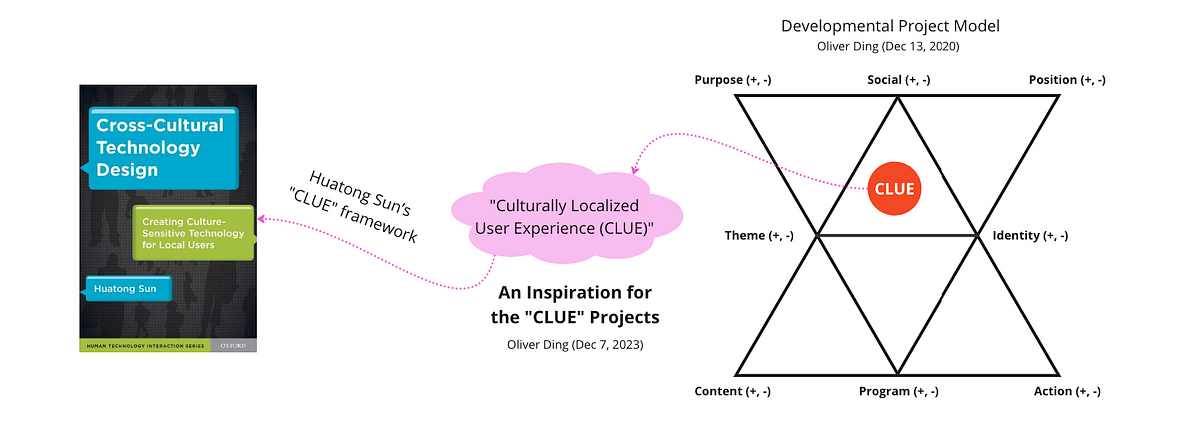The Importance of Image Safety in the Age of AI
In today's digital age, the prevalence of harmful imagery on online platforms has become a pressing concern. From explicit content to violent depictions, ensuring image safety is a significant challenge for content moderation efforts. This challenge is further amplified by the rise of AI-generated content (AIGC), which has made it easier to create and share unsafe visuals.
Introducing CLUE: A Breakthrough in Image Safety
Researchers from Meta, Rutgers University, Westlake University, and UMass Amherst have collaborated to develop an innovative framework called CLUE (Constitutional MLLM JUdgE). This framework leverages Multimodal Large Language Models (MLLMs) to transform subjective safety rules into objective and measurable criteria.
Key Features of CLUE
The CLUE framework addresses the inherent challenges associated with MLLMs in image safety. By converting safety rules into precise criteria, such as specifying what should or should not be depicted in an image, CLUE provides a more effective approach to content moderation.
One of the key features of the CLUE framework is its use of relevance scanning with CLIP, which helps streamline the safety assessment process by eliminating irrelevant rules and focusing on the most pertinent criteria. This not only improves efficiency but also enhances the accuracy of safety assessments.
Additionally, the framework includes a precondition extraction module that simplifies complex safety rules into logical components, enabling MLLMs to make more informed decisions. By breaking down rules into specific conditions, CLUE enhances the reasoning capabilities of AI models, leading to more accurate assessments.

Another standout feature of CLUE is its debiased token probability analysis, which helps identify and minimize biases in safety assessments. By comparing token probabilities with and without image tokens, the framework reduces the likelihood of errors and ensures fair and unbiased evaluations.
Furthermore, the cascaded reasoning mechanism in CLUE provides a robust fallback for scenarios with low confidence levels. This step-by-step reasoning process ensures accurate assessments, even in borderline cases, and offers detailed justifications for the decisions made.
Validating CLUE's Effectiveness
Extensive testing of the CLUE framework on various MLLM architectures, including InternVL2-76B, Qwen2-VL-7B-Instruct, and LLaVA-v1.6-34B, has yielded promising results. Key findings highlight the importance of objectifying safety rules and debiased token probability analysis in improving the accuracy and reliability of image safety assessments.
Objectified rules achieved a remarkable 98.0% accuracy rate, showcasing the value of clear and measurable criteria in content moderation. Similarly, debiasing techniques led to a significant improvement in judgment accuracy, with an F1-score of 0.879 for the InternVL2-8B-AWQ model.
Elevating Image Safety with CLUE
CLUE represents a significant advancement in image safety, offering a thoughtful and efficient solution to the challenges posed by AI-generated content. By transforming subjective rules into objective criteria, filtering out irrelevant guidelines, and implementing advanced reasoning mechanisms, CLUE provides a scalable and reliable framework for content moderation.
With its ability to deliver high accuracy, adaptability, and efficiency, CLUE sets a new standard for image safety in the digital landscape. By promoting safer online platforms and mitigating the risks associated with harmful imagery, CLUE paves the way for a more secure and responsible online environment.





















